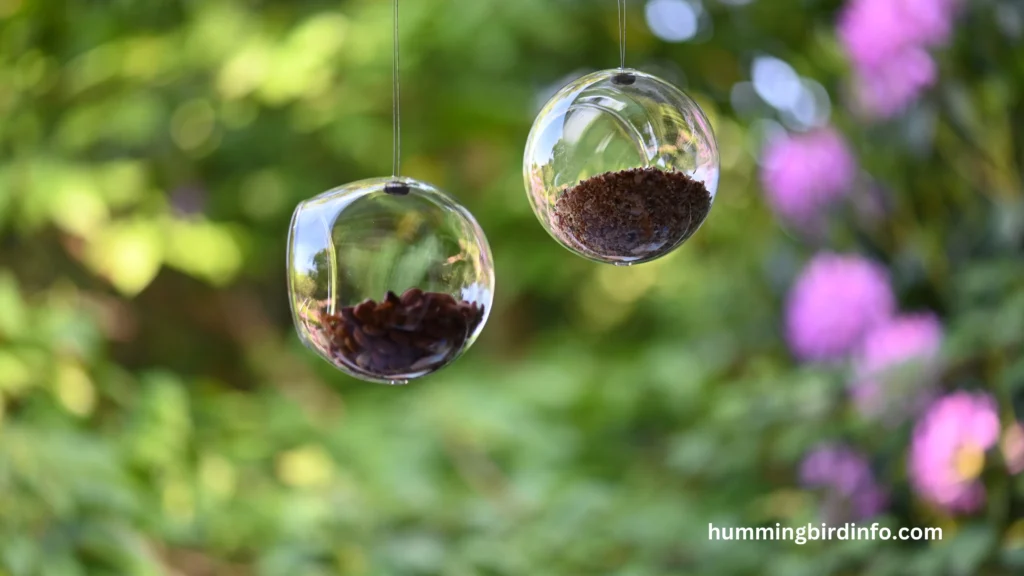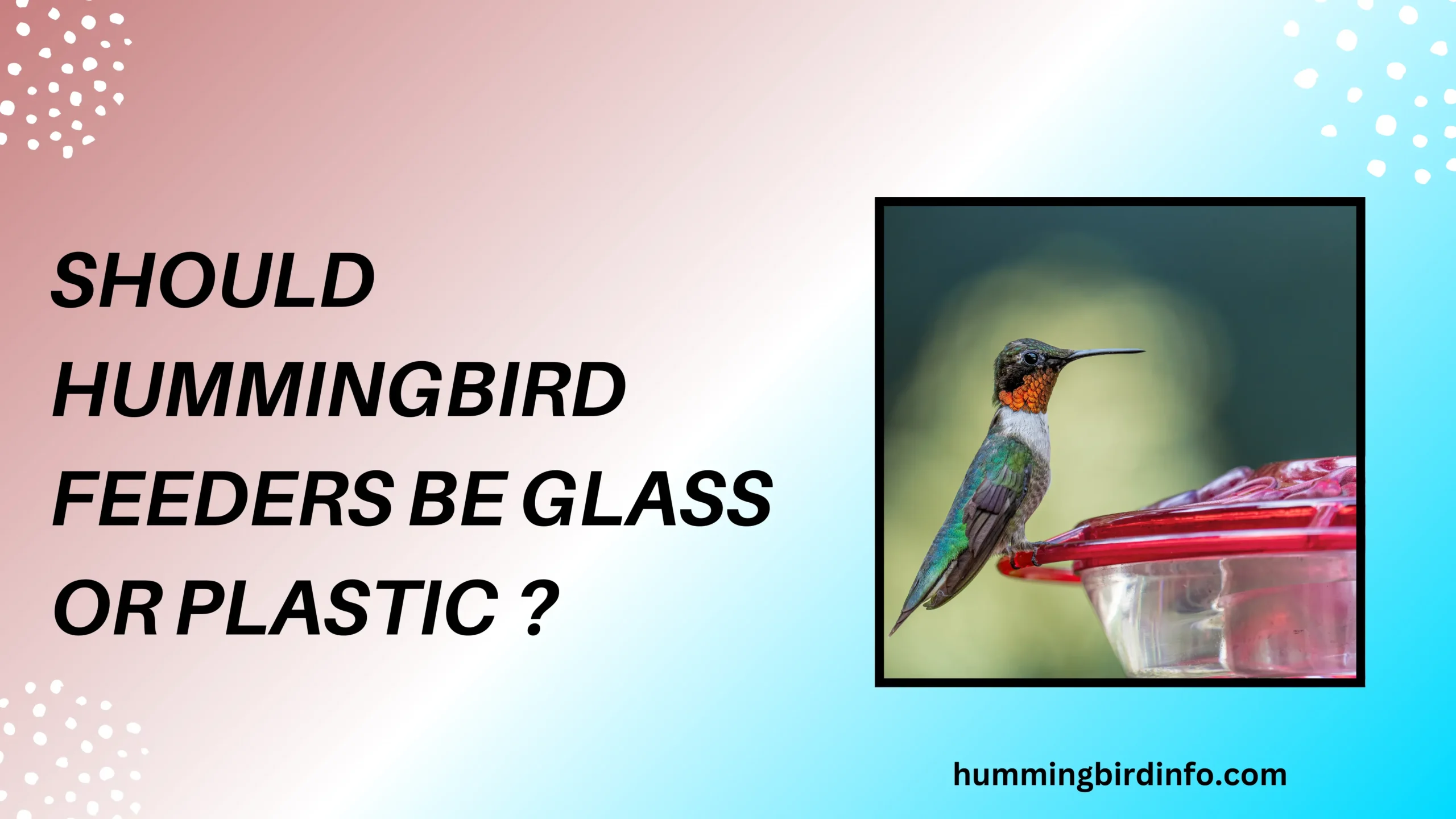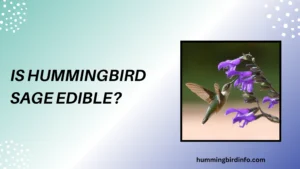Attracting hummingbirds to your garden brings a sense of wonder and life unlike anything else. Their tiny wings and vibrant feathers make every garden moment magical. But behind this beauty lies an important decision for bird lovers — what type of feeder should you use?
Among the many options, the debate between glass and plastic feeders continues to divide hummingbird enthusiasts. This choice may seem simple, but it directly affects not just the look of your feeder, but the health, cleanliness, and safety of the hummingbirds who depend on it.
Should you go with the timeless beauty and durability of glass, or the lightweight practicality and affordability of plastic? Each material offers unique advantages — and some important drawbacks. This blog will help you make a thoughtful choice based on your needs and your commitment to these tiny wonders of nature.
Contents
- 1 The Case for Glass Hummingbird Feeders
- 2 The Case for Plastic Hummingbird Feeders
- 3 Drawbacks and Considerations
- 4 Best Practices for Maintenance (Regardless of Material)
- 5 Making the Right Choice for You
- 6 Conclusion
- 7 FAQ’s
- 7.1 1. Are glass hummingbird feeders safer than plastic ones?
- 7.2 2. Do plastic feeders wear out faster than glass ones?
- 7.3 3. Are glass feeders harder to clean?
- 7.4 4. Do hummingbirds prefer glass over plastic feeders?
- 7.5 5. Can I put glass feeders in the dishwasher?
- 7.6 6. How can I prevent plastic feeders from clouding?
The Case for Glass Hummingbird Feeders
Glass feeders are praised for their durability, often lasting for years without losing clarity or form. They resist UV damage, unlike plastic, which can become brittle and faded. Glass also remains stable in extreme weather, resisting warping and discoloration.
The smooth, non-porous surface of glass makes it easier to keep clean. It’s less likely to trap mold, sugar residue, or bacteria. You can also safely clean glass with hot water or diluted bleach, without risking damage to the structure.
Aesthetically, glass feeders are often more elegant, featuring artistic designs and vibrant colors that enhance your garden. Clear glass also makes it easy to monitor nectar levels and cleanliness at a glance.
Glass does not release any chemicals into the nectar, even after long exposure to sunlight or frequent cleaning. Unlike some plastics, glass stays chemically stable, ensuring the nectar remains safe for hummingbirds.
Although glass feeders are heavier, this weight adds stability, especially in areas with wind or active wildlife. You’re less likely to find your feeder tipped or spilled due to a gust or curious raccoon.

The Case for Plastic Hummingbird Feeders
Plastic feeders are often the more affordable option, making them ideal for beginners or those with multiple feeding stations. They are widely available and come in varied designs at accessible price points.
Their lightweight nature makes them easy to move, hang, or clean. This can be especially helpful for those with mobility issues or if you like to rotate feeder placement in your yard.
While glass may shatter if dropped, many plastic feeders — especially those made of polycarbonate — are impact-resistant. This makes them a safer option in households with children or pets.
Manufacturers can mold plastic into all kinds of innovative features — bee guards, ant moats, and specialized feeding ports. Plastic feeders often include more user-friendly designs due to their manufacturing flexibility.
Many modern plastic feeders use UV-resistant materials, which slow down discoloration and clouding. While not as long-lasting as glass, newer plastics are far better than older types that degraded quickly.
Drawbacks and Considerations
Glass feeders, while durable, are also fragile and can break with a single drop. Their higher cost can also deter some users, and the extra weight may make them cumbersome for frequent use or handling.
Plastic feeders can scratch easily, making them harder to clean and more prone to bacteria buildup. Over time, they may cloud and become brittle, especially if exposed to direct sun or hot cleaning agents.
Both types have specific cleaning needs. Scratches on plastic can harbor mold, while glass must be handled with care to avoid cracks or breaks. Each material presents a different cleaning challenge.
The environmental impact also varies. Glass is more recyclable, but its production is energy-intensive. Plastic is cheaper to produce but relies on fossil fuels, and its recyclability is often limited or inconsistent.
You’ll also need to consider wind resistance, especially if you live in a breezy area. Lightweight plastic feeders may sway or fall, while heavier glass feeders stay anchored more reliably in bad weather.
Best Practices for Maintenance (Regardless of Material)
Always clean your feeder every 1-2 days in warm weather and every 3-4 days in cooler temperatures. Bacteria grow quickly in sugar water, and regular cleaning helps protect the birds’ health.
Use hot water and a bottle brush to remove buildup. For stubborn residue, a diluted bleach solution (1 part bleach to 9 parts water) works well — just be sure to rinse thoroughly afterward.
Rinsing is critical. Even small traces of soap or chemicals can harm hummingbirds. Always rinse with clean water several times after any cleaning solution.
Use only fresh nectar (4 parts water to 1 part sugar) and avoid red dyes or additives. If nectar appears cloudy or smells fermented, discard it immediately and clean the feeder before refilling.
Place feeders in shaded areas to prevent spoilage from heat. Protect from high winds by using stable mounts, and check often for cracks or damage — no matter which material you choose.
Making the Right Choice for You
Ultimately, the choice between glass and plastic comes down to your personal priorities. If you value longevity, safety, and aesthetics, glass may be the better investment. If budget, portability, and ease-of-use are more important, plastic is a strong contender.
Glass feeders work well for permanent setups, especially where visibility and durability matter. Plastic feeders suit those who like to experiment with different styles, or who need lightweight options for hanging or rotating spots.

Think about your local weather and how often you can clean the feeder. Glass might survive the elements better, but plastic won’t break if accidentally dropped.
Also, consider your lifestyle. If you’re frequently busy or need feeders your kids can help with, sturdy plastic might be more practical. If you’re a backyard birding enthusiast, you might love the charm of decorative glass.
What matters most is not the material, but the care you give. Regular maintenance, fresh nectar, and safe placement are what truly ensure the well-being of hummingbirds in your care.
Conclusion
Choosing between glass and plastic hummingbird feeders isn’t just about looks — it’s about what works best for you and the birds you love. Glass offers elegance, durability, and chemical safety, while plastic gives you affordability, flexibility, and ease of use.
There’s no universal winner. Your budget, mobility, and cleaning habits all play a role in making the right choice. Both materials, when maintained properly, can support a healthy feeding environment.
The most important thing is that your feeder stays clean, stable, and filled with fresh nectar. No matter what you choose, your dedication to hummingbird care makes all the difference.
So pick your feeder, hang it with pride, and enjoy the magic of hummingbirds up close — they’re sure to thank you with every visit.
FAQ’s
1. Are glass hummingbird feeders safer than plastic ones?
Yes, glass feeders are chemically inert, meaning they won’t leach into nectar. However, both are safe if kept clean and made with food-grade materials.
2. Do plastic feeders wear out faster than glass ones?
Generally, yes. Plastic can scratch, cloud, and degrade over time, especially under sunlight. Glass maintains its clarity and shape longer with care.
3. Are glass feeders harder to clean?
No, glass is actually easier to clean because it’s non-porous. It resists stains and bacteria, while plastic can trap residue in scratches.
4. Do hummingbirds prefer glass over plastic feeders?
Hummingbirds are more interested in nectar quality and feeder placement than material. Both can attract them equally if clean and well-maintained.
5. Can I put glass feeders in the dishwasher?
Only if labeled dishwasher-safe. Most glass feeders should be washed by hand to avoid breaking. Always check the manufacturer’s instructions.
6. How can I prevent plastic feeders from clouding?
Place them in shaded spots to reduce UV exposure, clean regularly, and avoid harsh cleaners. Choose UV-treated plastic when possible.








